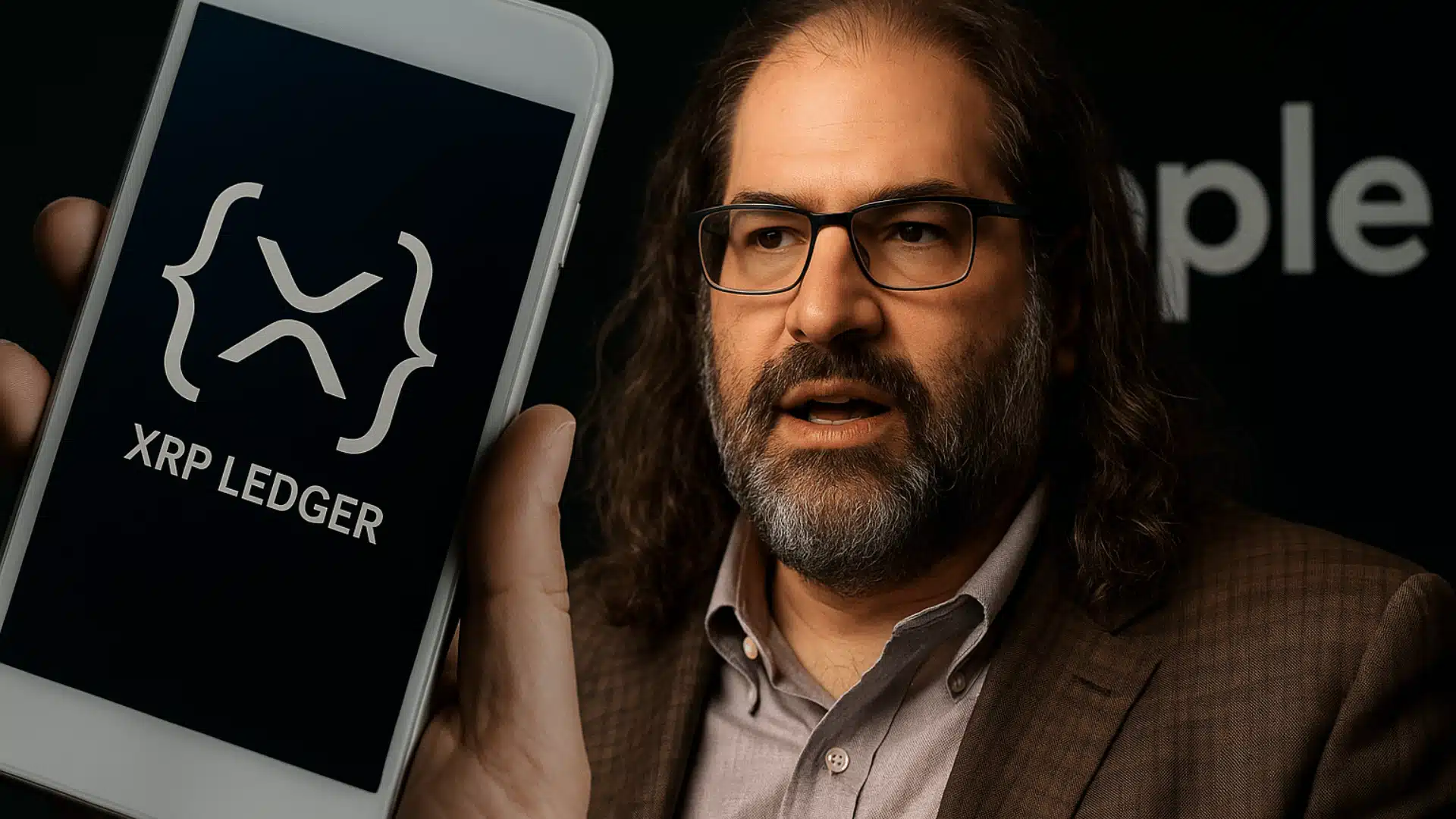Update: Ripple CTO Downplays XRPL Glitch, Assures Ledger Is Running Smoothly
0
0

- Ripple CTO confirms XRPL glitch was minor, system remains stable.
- Monitoring failure blamed, Schwartz assures ongoing improvements to collector.
- Trust lines could reshape cross-border payments, boosting institutional adoption.
The XRP Ledger experienced a brief glitch that disrupted its monitoring data, drawing attention from the crypto community. According to Ripple’s Chief Technology Officer David Schwartz, the disruption was not critical and did not affect the ledger’s overall performance.
Schwartz described how, in the past 24 hours, the ledger was able to process approximately 11,000 requests per second with 173 peers. He indicated that it took approximately 0.006 seconds to produce a response to each request, indicating that the network was performing effectively.
Also Read: Virtuals Protocol (VIRTUAL) Price Prediction 2025–2029: Can VIRTUAL Hit $5.00?
Monitoring System Caused the Disruption
The glitch took about one minute, and the monitoring system did not gather the performance data. Schwartz pointed out that the problem lay not with the hub of the ledger but with the tool of monitoring itself.
He continued that they are working on improving the collector system so that it can address the issue. His assurance focused on the fact that XRPL’s activities were not affected by the disruption.
XRPL Request Handling and Security
Schwartz shed more light on what kind of requests the XRPL facilitates on a daily basis. These are transactions, consensus validations, and server queries of ledger data, as well as requests that preserve network structure.
He indicated that specific servers labeled as abused were disconnected because they caused a lot of load. This protection assists in protecting XRPL against possible threats and provides a smooth network operation.
Invitation to Technical Contributors
Ripple’s CTO urged developers to pay more attention to the peer policing mechanism developed eight years ago. He believes the system’s logic stands up; however, the ledger can be strengthened.
Schwartz also informed users that not every peer is trustworthy, and some may even try to be malicious. This renders peer validation a crucial element in safeguarding the ledger’s integrity.
Ripple CTO Highlights Role of Trust Lines in Cross-Border Payments
In addition to the glitch, Schwartz also threw new light on how trust lines would be able to make cross-border transactions. According to him, the institutional application of trust relationships is a part of the original vision of XRPL and introduces a possibility of global integration.
In a discussion about X, he concurred with a user’s observation that institutions would be able to transact using trust networks while using XRP predominantly as a fee. Schwartz related this to the Interledger Protocol, which allows payment systems to interact freely.
Trust lines allow issuers to create tokens that are only held by approved accounts. Each trust line requires a 0.2 XRP reserve, ensuring smooth ledger operations and resource availability.
The glitch had no lasting effect on XRPL’s stability, and network performance remained strong. At the same time, Schwartz’s emphasis on trust lines highlights their potential to strengthen institutional adoption and reshape cross-border payments.
Also Read: Whale Moves Shake Shiba Inu as 10 Trillion Tokens Transferred in One Day
The post Update: Ripple CTO Downplays XRPL Glitch, Assures Ledger Is Running Smoothly appeared first on 36Crypto.
0
0
 Manage all your crypto, NFT and DeFi from one place
Manage all your crypto, NFT and DeFi from one placeSecurely connect the portfolio you’re using to start.





